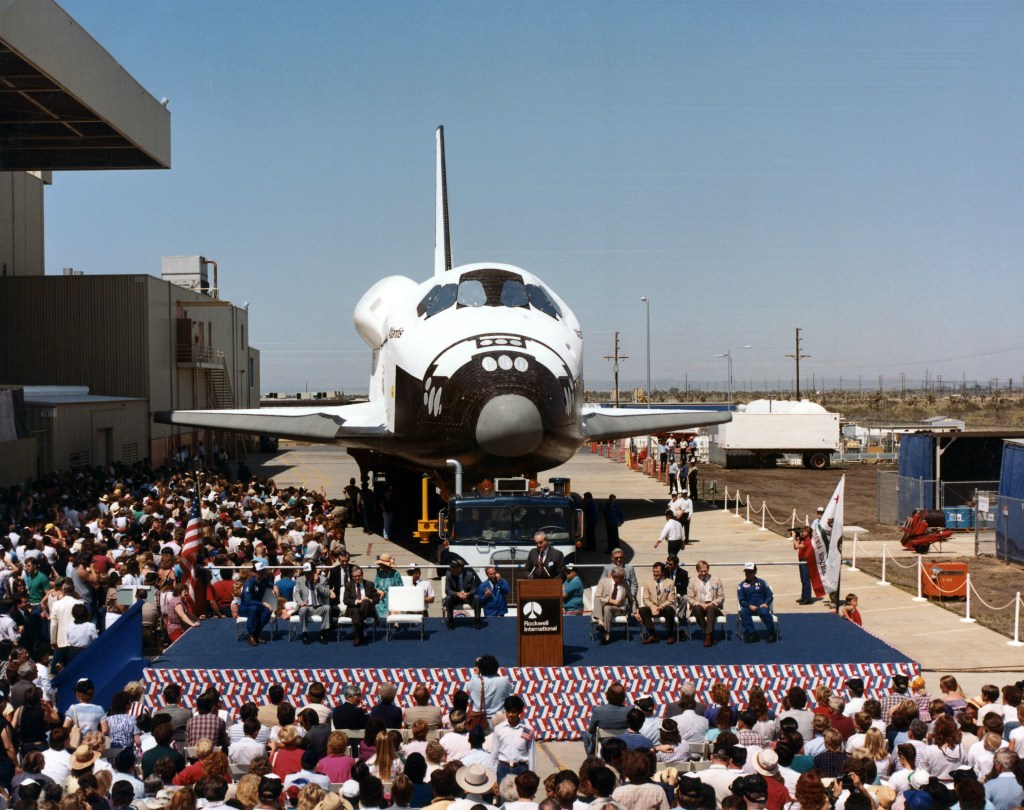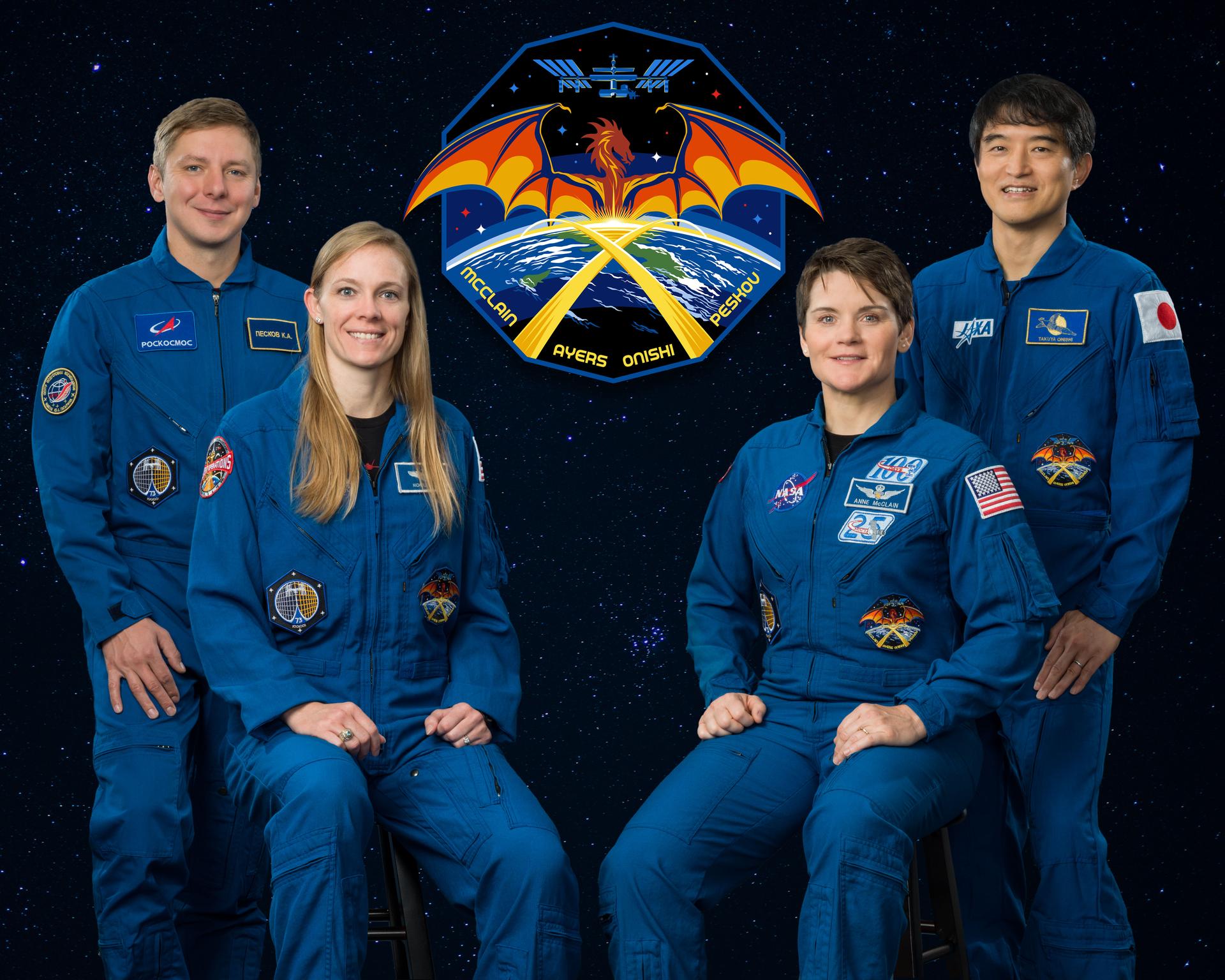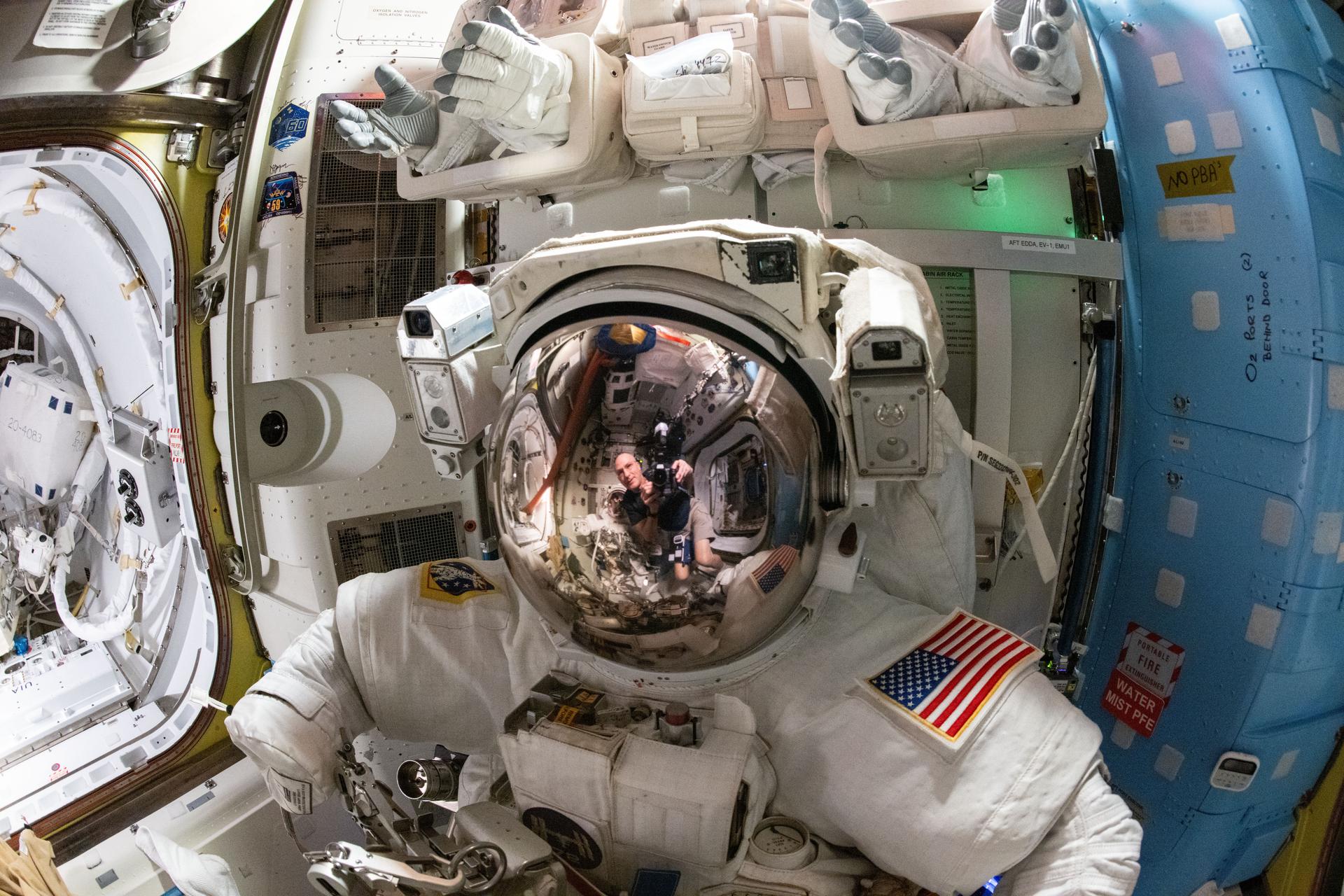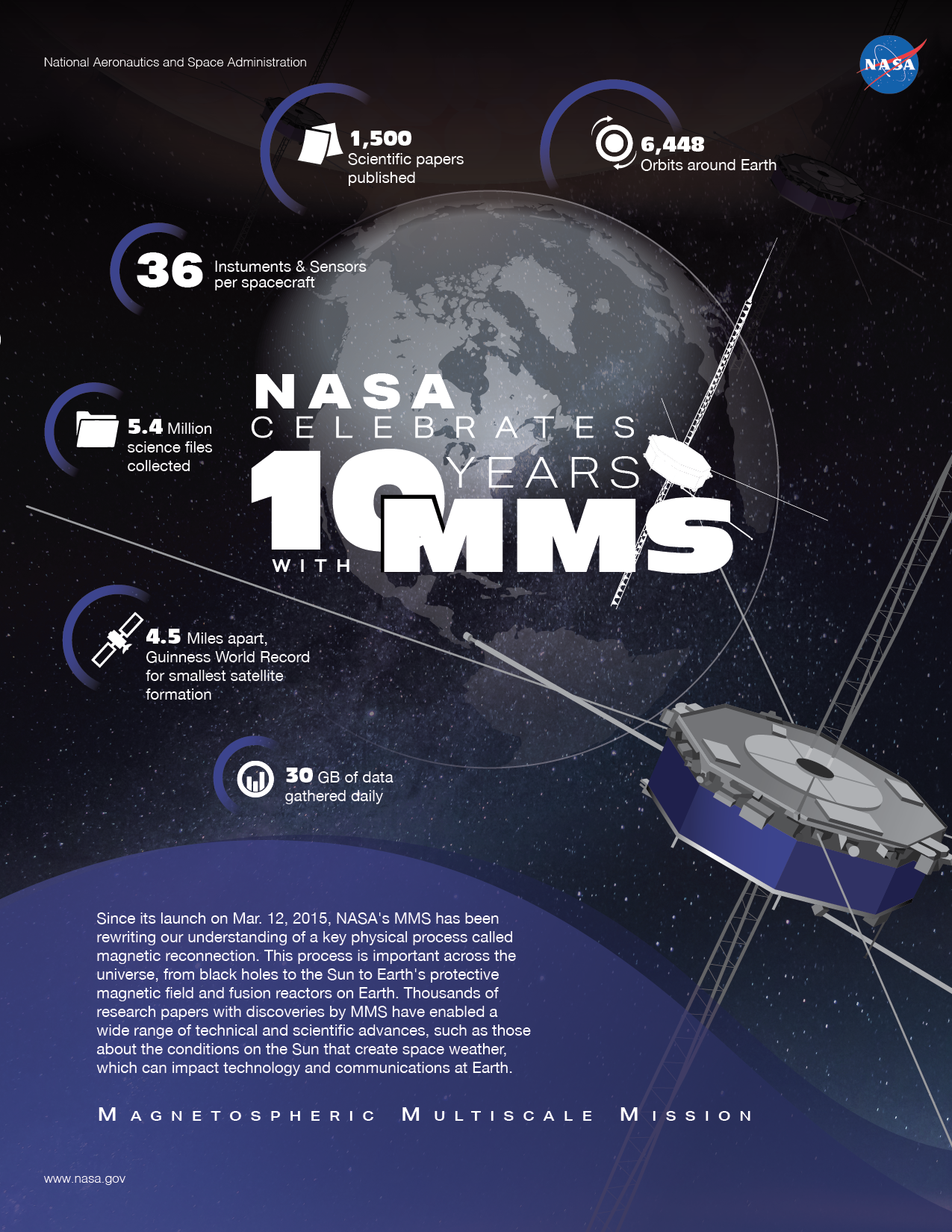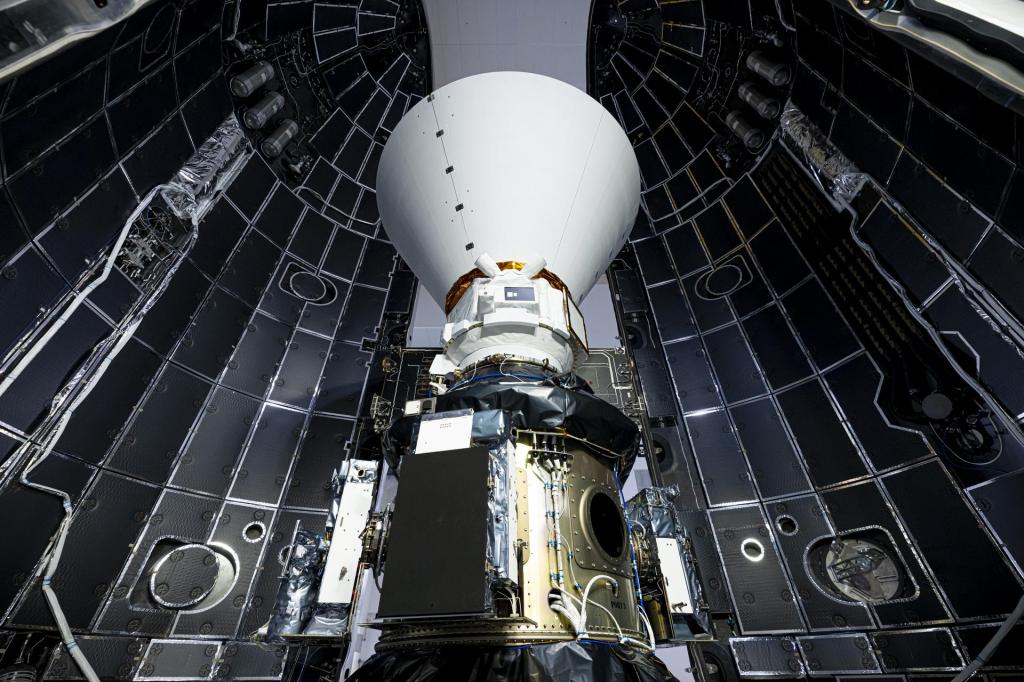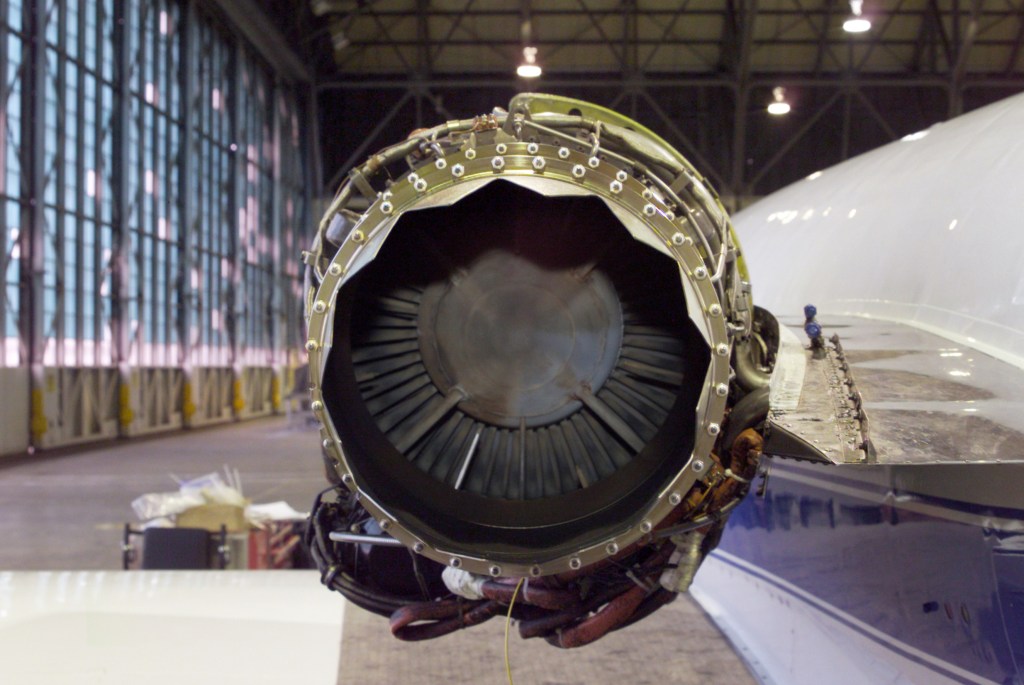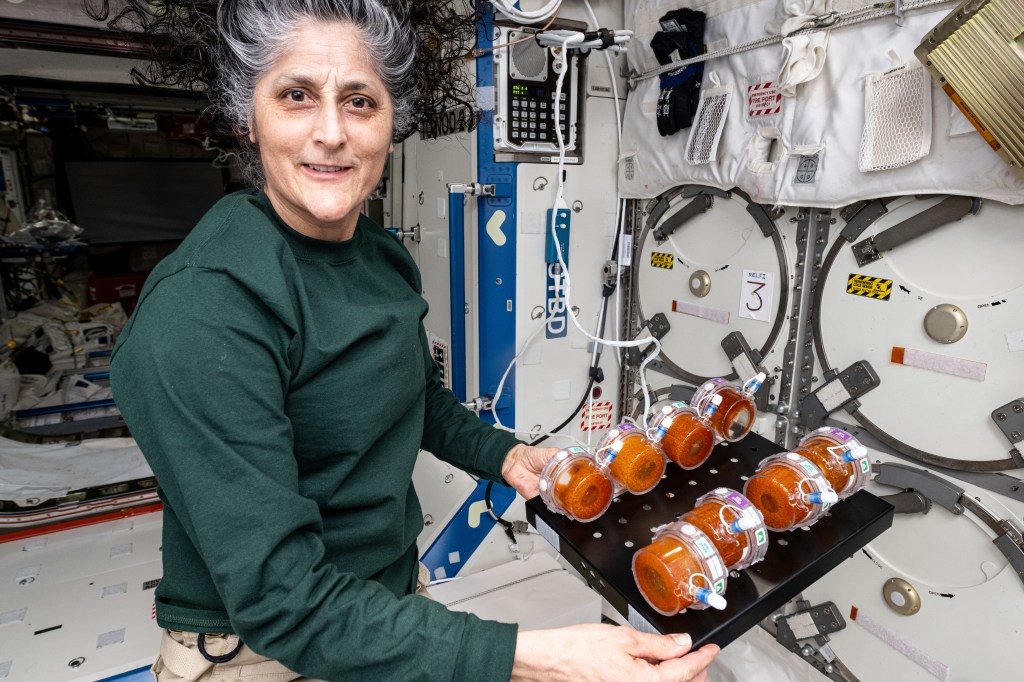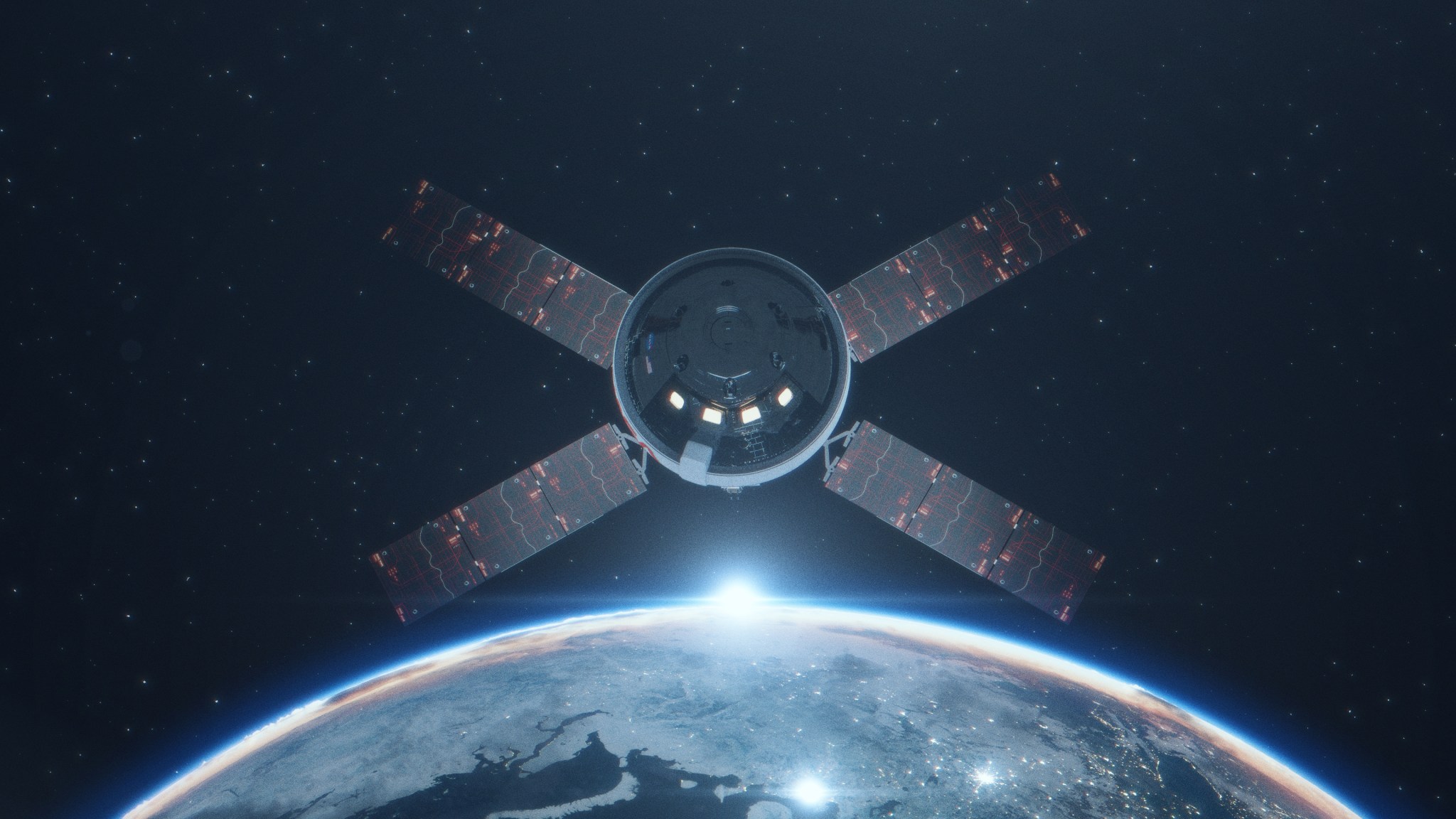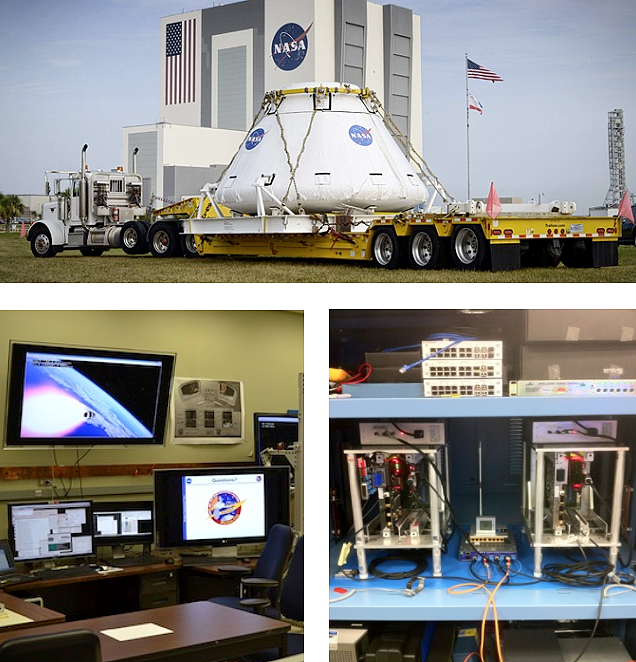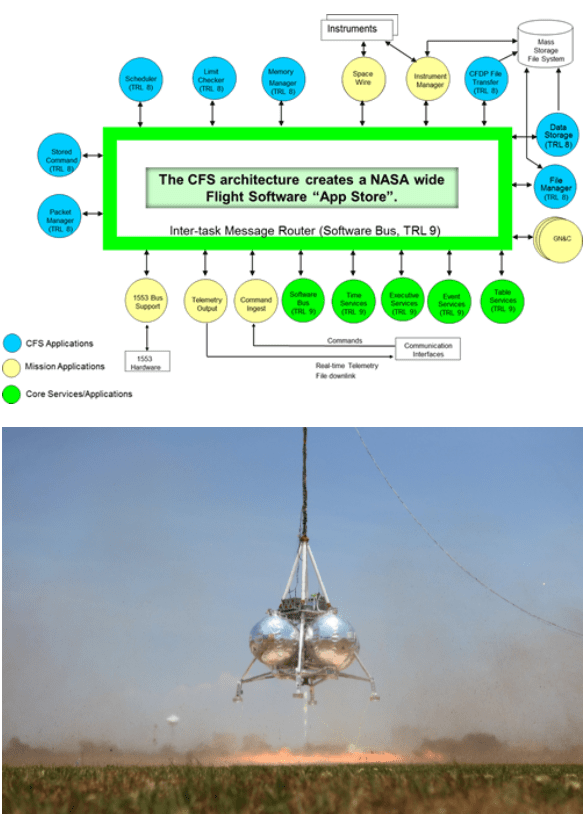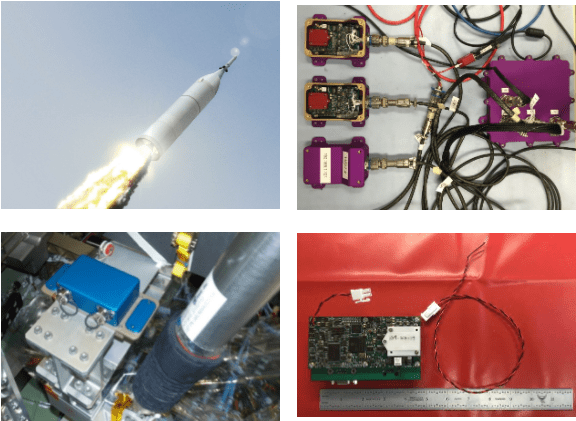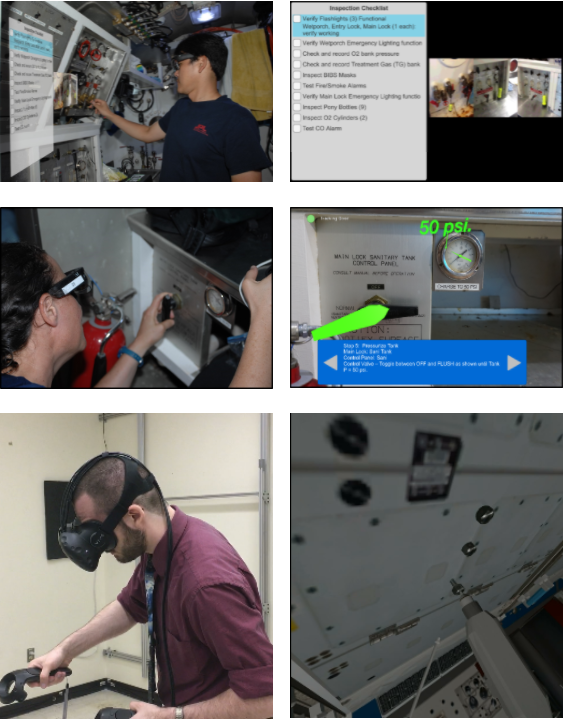At A Glance
The Spacecraft Software Engineering Branch provides world-class products, leadership, and technical expertise in software engineering, processes, and technology for human spaceflight programs. The branch maintains the JSC Engineering Directorate’s organizational CMMI rating for software and supports major programs/projects (e.g. ISS, CCP, MPCV) with in-house software development and prime contractor oversight. Systems engineering is performed to assess flight vehicle operations, the appropriate application of automation and autonomy, and the performance of flight processor architectures. Special areas of expertise include flight software (embedded and crew interface devices), hybrid and augmented reality applications, electronic procedures, systems management, and model-based software engineering. The branch supplies the chairs of the Engineering Directorate and the Center software engineering process groups (SEPG’s), and the JSC representative to NASA’s Software Capability Leadership Team.
Our Expertise
The Spacecraft Software Engineering Branch provides world-class products, leadership, and technical expertise in software engineering, processes, and technology for human spaceflight programs. Our engineers support major programs and projects (e.g. ISS, CCP, MPCV) with in-house software development and prime contractor oversight.
The branch maintains a CMMI Maturity Level 3 rating for software (required for developing human-rated software at NASA), and supplies the Chairs of the Engineering Directorate and the Center software engineering process groups (SEPG’s), and the JSC representative to NASA’s Software Capability Leadership Team.
Our Role in Flight Projects
The Spacecraft Software Engineering Branch provides inline products/services and engineering oversight of the software work being done on NASA programs. We develop flight and ground software for a variety of space vehicles, large and small, crewed and un-crewed.
The Spacecraft Software Engineering Branch leads software technology development at JSC for creating, editing, managing and executing electronic procedures, with/without augmented reality capabilities, and hybrid reality systems to revolutionize the way NASA performs crew training, on-orbit operations, and vehicle design.
The Spacecraft Software Engineering Branch chairs the EA SEPG that sets software classifications and conducts safety criticality assessments for flight projects. The Spacecraft Software Engineering Branch also chairs the JSC SEPG that coordinates implementation of Center-wide software policies, process requirements, process improvements and training initiatives.
What We Need
Concept of operations, high level description of functional requirements and operating environment, notional avionics architecture, notional approach for HW/SW integration and test, list of primary sensors and effectors, schedule.
Challenges We Face
Test like you fly, hardware/software integration, verification and validation, safety criticality, software classification.
When We Engage
The Spacecraft Software Engineering Branch should be engaged at the inception of a project in order to help the project define the set of software technical and process requirements, software architecture, and an initial software classification and criticality assessment to inform the software development plan and cost estimates.
Highlights
Multi-Purpose Crew Vehicle
The Orion Multi-Purpose Crew Vehicle (MPCV) is derived from more than 50 years of spaceflight research and development and leverages off the work performed on the Crew Exploration Vehicle under the NASA Constellation Program. The MPCV Program will provide human-rated flight software for the next generation of deep space crewed vehicles and anticipates travel to a series of destinations including asteroids, our own Moon, the moons of Mars, and eventually Mars itself. The software for this vehicle is being developed by NASA industry partners Lockheed Martin and their subcontractors. The Spacecraft Software Engineering Branch provides inline products/services and engineering oversight of the work being done on this program. The Kedalion Lab is one of the many inline services provided to MPCV. The lab has produced integrated HW/SW for the Pad Abort-1 and Exploration Flight Test-1 tests, with fidelity levels that meet the needs of a human-rated program. Kedalion facilities and personnel continue to achieve aggressive development, simulation and testing for forward-looking projects.
Core Flight Software
Core Flight Software, originally developed at Goddard Space Flight Center, is a platform and project independent reusable software framework. The CFS architecture includes a dynamic run-time environment, layered software, and a component-based design enabled by a message passing bus. CFS libraries at JSC and across NASA provide a rich set of reusable software applications that have accumulated over time via use on numerous unmanned spacecraft. The Spacecraft Software Engineering Branch has coupled CFS with a comprehensive set of tools and training modules, that when combined with the framework and software libraries, transform it into a genuine product line suitable for reuse on any number of NASA flight projects and/or embedded software systems at a significant cost savings. Most recently, the Branch has certified CFS for use on Class A human-rated applications.
MPCV Ascent Abort-2
The Spacecraft Software Engineering Branch develops software for a variety of space vehicles, large and small, crewed and un-crewed. Software for the MPCV AA-2 test vehicle is one example of current work in the Branch. The purpose of the test flight is to verify and validate the MPCV Launch Abort System (LAS) and to characterize the abort environment. The Branch is responsible for overall management of the software development activity, for overseeing the flight, ground, and hardware in the loop (HWIL) simulation software, and for developing the vehicle embedded flight software and the software package for ground operations and test. The Branch has also developed software for the Simplified Aid For EVA Rescue (SAFER), the ISS Advanced Resistive Exercise Device, the ISS Countermeasures System Software, the Low Impact Docking System, the ISS Tissue Equivalent Proportional Counter, the Morpheus Vertical Test Bed, the Advanced Extravehicular Mobility Unit, the Battery-operated Radiation Dosimeter, and the Hybrid Electronic Radiation Detector, to name a few.
E-Procedures with Mixed Reality
Electronic procedures facilitate crew training, refresher training during long-term missions, and execution of tasks in a reliable, consistent and verifiable manner. The Spacecraft Software Engineering Branch has pioneered the development of a procedure representation language (PRL) and a suite of software tools for creating, editing, managing and executing e-procedures. Current work revolves around enhancing PRL and the tool suite to support augmented reality capabilities and deployment to the ISS and beyond. The Branch is also developing a hybrid reality system, which is a significant evolutionary step from virtual and augmented reality systems that combines virtual reality elements with real-life up to the second visualization information of the environment. The hybrid reality system includes sensory information, physical models, full body tracking, and various other technologies to revolutionize the way NASA performs crew training, on-orbit operations, and vehicle d
Explore more from ER
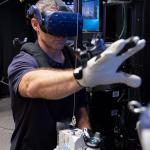
Simulation and Graphics
The Simulation and Graphics Branch is responsible for management, development, maintenance and operation of multiple facilities that provide high-fidelity, real-time graphical simulations used to support both engineering analysis and flight crew training needs. Among these engineering facilities critical to the success of human space flight are the Systems Engineering Simulator and the Virtual Reality Lab.


